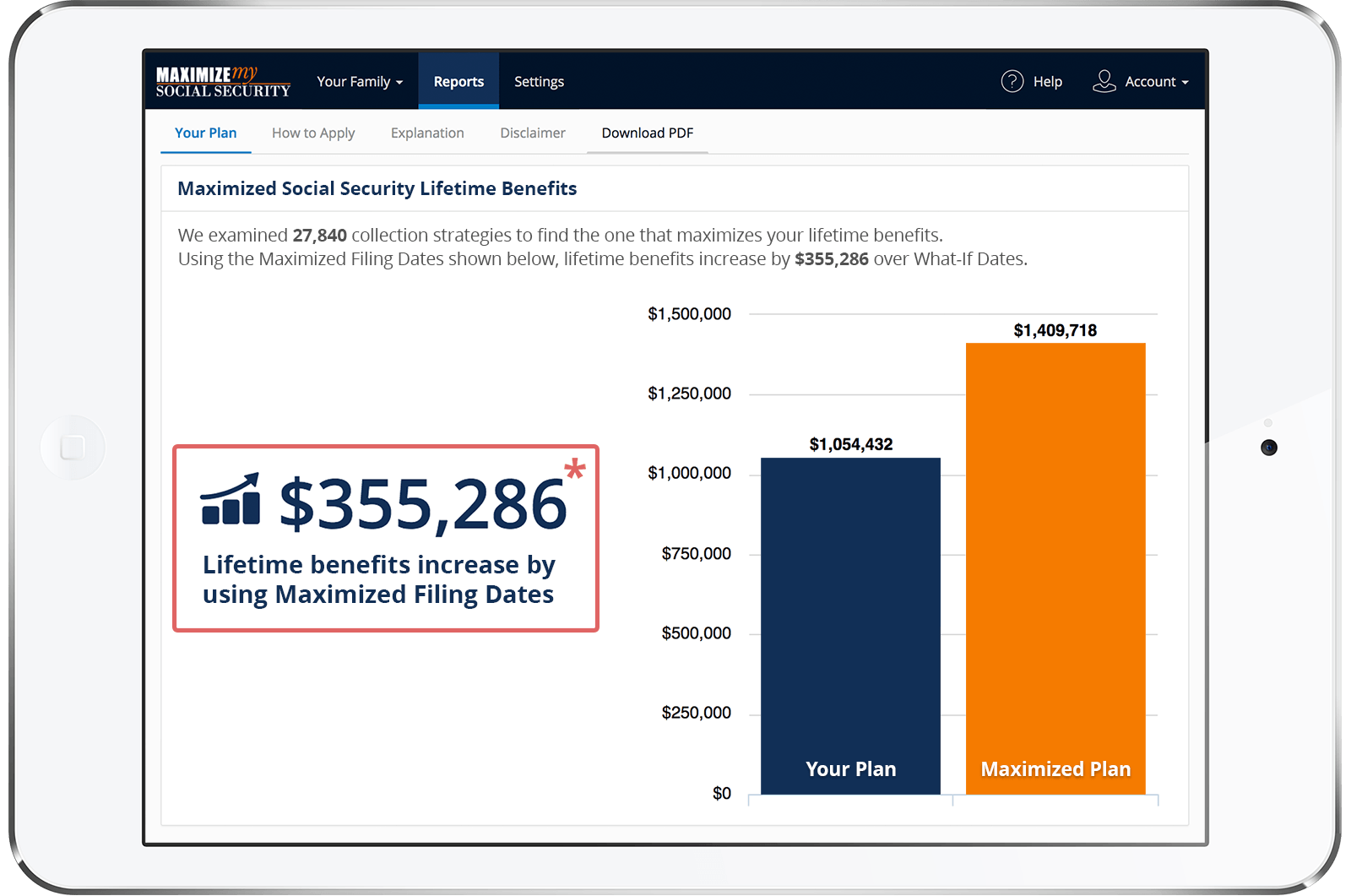Hello!
I have called and emailed the Social Security Administration on several occasions and get conflicting answers. Then I discovered, and have enjoyed reading your book, Get What’s Yours - Revised Edition. Yet, I still don’t clearly understand the answer to our situation.
My wife will be 62 soon (in July 2016). I am a year younger at 61.
I have earned much more than my spouse over the years (est $2,270 from SS @ FRA), but she could have some Social Security on her own work record (est $660 from SS @ FRA). However, she could receive a much higher payment by taking the maximum spouse benefit from me when I retire (est $1,135 from SS).
I plan to keep working and not receive Social Security until I am 70, in 9 years (est $3,010 from SS @ age 70). And, I understand my wife would not be able to receive a spousal benefit until I retire.
I don’t want to jeopardize the higher spousal benefit for my wife. But, is it possible for her to receive the lower benefit on her own record for the next 9 years until I retire and then receive the higher spousal benefit?
I see that due to deeming, if my spouse began taking a Social Security benefit on her own record, either now at 62 or at 66, she would have been deemed to have also taken a spousal benefit too – if she’s eligible.
However, since I am not yet retired, and there is no spousal benefit available from me yet, how would that work?
I read in your book that if she files for her retirement benefit, that she can never take an auxiliary benefit by itself. But, would that later auxiliary benefit really be by itself, since, technically, she would receive her benefit plus the portion of the spousal benefit up to the total spousal benefit?
So, my question is: Can she take her own benefit for the next 9 years until I retire, and then begin to receive a higher spousal benefit when I retire?
Thank you for your insights!
Hi,
The answer is a qualified yes, but any reduction she takes on her own record will continue for as long as you are both living. I'll explain using the figures you quote above, and your filing plans.
If your wife files at age 62, her reduced benefit will be about $495 rather than the $660 she'd get if she waited until full retirement age (FRA). She wouldn't be deemed to be filing for spousal benefits until you apply. Since she will be well over FRA at that time, her excess spousal benefit will be unreduced. Her excess spousal benefit will be calculated by dividing your full retirement age benefit (PIA) in half, then subtracting her full retirement age benefit (PIA). Using your figures above, that will work out to an excess spousal benefit of $475 (i.e. $2270/2 - $660). That $475 would then be added to your wife's reduced retirement benefit of $495 to give her a total benefit of $970. Keep in mind that these are only estimates, and the exact amounts will no doubt vary somewhat.
If instead your wife waits until FRA to apply, she would get the $660 initially, then the extra $475 when you file, for a total of $1135, or one-half of your PIA. Note that the spousal benefit is calculated from your PIA, not your actual benefit amount as increased by delayed retirement credits (DRC). But, as a widow, she could convert to your full rate inclusive of any DRCs you earn. This is true whether she files for reduced benefits on her own record, or not.
If you haven't already done so, you may wish to run the maximization software available on this website. That will allow you to run some varied scenarios, and should give you a better idea of the best options available for you and your wife.
Best, Jerry
